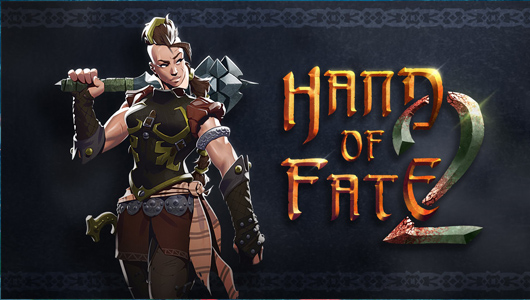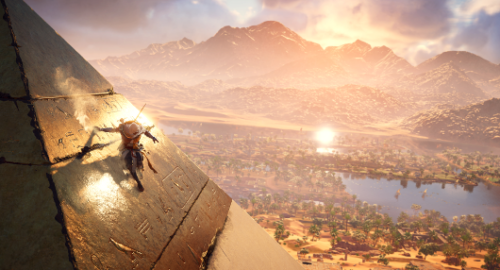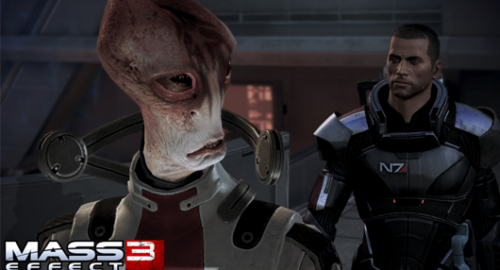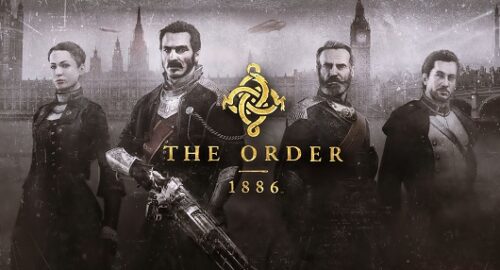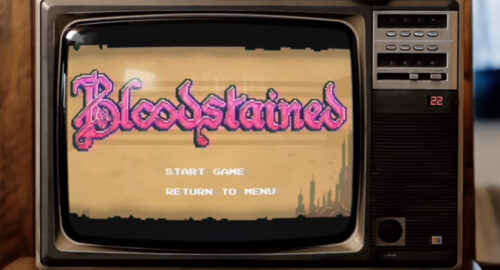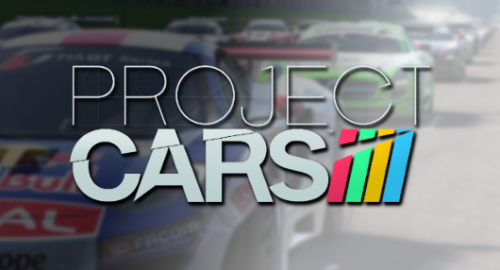I first heard about the original Hand of Fate (Reviewed by Tim here) on a video recommending games the viewer might have missed and was intrigued; the slightly metaphysical premise and the half card game half action game looked very different and very appealing. Hand of Fate then proceeded to sit in my Steam Wishlist with my self-control just about holding out against the frequent “a game on your Wishlist is on sale” alerts. So when I was offered the opportunity to review the updated Hand Of Fate 2, I jumped at the chance.
• Developer: Defiant Development
• Publisher: Defiant Development
• Reviewed on: PC
• Also Available On: Xbox One, Playstation 4, Mac, Linux
• Release Date: Available Now (PC, Mac, Linux, PlayStation 4 (NA)), 9th November 2017 (PlayStation 4 (EU)), TBC (Xbox One)
Hand Of Fate 2 is an indie, fantasy rogue-like, deck-building, brawler, action adventure RPG with a framing narrative. Or, to put it another way, Hand Of Fate 2 is a clever amalgamation of all sorts of video game genres. The game is presented as a card game with the player taking on a mysterious dealer. The game is split into 22 challenges, or “Paths of wisdom and despair”, each of which is made up of encounters represented by playing cards.

As the game starts a sonorous (almost Jeremy Irons-a-like) voice-over from the Dealer, voiced by Anthony Skordi, tells us he has “clawed his way back beyond the 13 gates to the mortal realm” for his revenge (referencing the final battle of Hand of Fate). You are sat at a table in a dark lamp-lit room opposite the mysterious Dealer, who is surrounded by cards, dice, and tokens. While the graphics are not perhaps what they might be in a so-called Triple A release, they are rich, detailed and atmospheric. The candle-lit tavern setting is reminiscent of the start of a thousand fantasy stories but with one significant difference: the entire adventure will take place on the table in front of you.
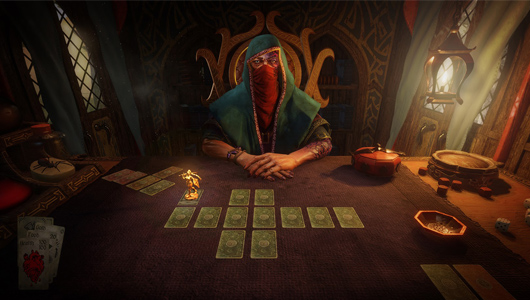
The first challenge, “The Fool” serves as an introduction in which the game reveals many of the different encounter types; some are games of chance, determined by the drawing of further cards or rolling of dice; others are story based encounters made up of player’s choice; and others still are combat encounters where the player takes on a range of enemies in a small arena. I must confess it took me some time to get past this first series of encounters. Health persists across the whole challenge and so if your hero suffers too many wounds in an early encounter, you would be well advised to restart the game entirely.
My first impressions of the keyboard and mouse controls were that there were extremely fiddly. Perhaps I am too used to shooters with WASD controls but I struggled to remember which key did what. However, as soon as I reached for the XBox 360 controller I have wired into my PC, things became immediately far more intuitive.
Perhaps I am just not very good at this type of brawler combat, I am too easily seduced into mashing the attack button, but it took me a good two and a half hours to complete this initial challenge. As a result, I became very familiar with the opening 20 minutes of the game, which includes the same unskippable cinematic, voiceover and character customisation. Hand of Fate 2 badly needs a gentler tutorial mode for those of reduced talent! However, after some practice, I was able to respond to the enemies’ telegraphed attacks with the appropriate blocks or dodges (even if I still too easily fall into the habit of mashing the attack button on the odd occasion!).
Once complete, The Fool and each subsequent challenge reward the player with cards, including encounters, equipment and resources, that may be selected to be built into the decks of later challenges. These cards are added to new cards chosen by the Dealer. This means that the player can only influence rather than control what will happen next but this can be crucial in helping ensure the survival of tougher challenges. Some of these challenges take the form of linear paths through a series of cards. However, more often than not there is something more complicated going on with grids of cards representing a wilderness to be explored or burning zombie-infested cities from which civilians must be rescued.
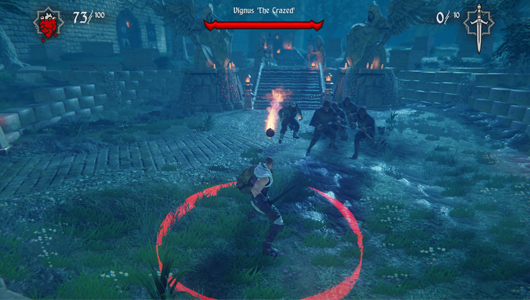
Further resources must also now be managed with gold and food not only used to restore health lost in combat but also used to keep the player fed, as well as in story encounters as bribes, offerings or payment. It is here where the deck-building elements of the game come into their own. For example, during one of the challenges that require exploration, food will rapidly become the most precious of your resources and any encounter that will allow you buy, steal or win precious food cards will dramatically improve your chances of not starving to death. Fame is also introduced as a mechanic gained throughout the challenge allowing the player to wield more powerful weapons.
While the games of chance and story encounters feed into the overall narrative in each challenge, it is the combat that I found most engaging and most crucial to success or failure. As challenges are completed, a wide range of different enemy types, each with their own strengths and weaknesses are, are revealed. These range from highly vulnerable shambling zombie-like “corrupted” to bolas wielding Northerners and soldiers from the Empire armed with muskets. Attacks may be melee or ranged and may also have special effects such as poisoning or immobilising the hero.
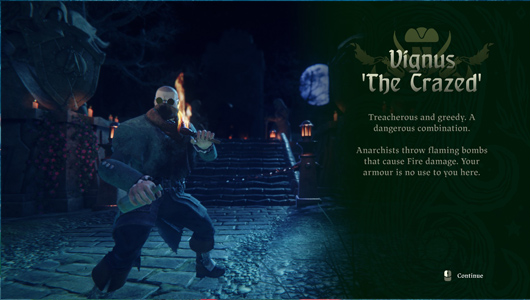
At the end of each challenge is a combat encounter with a powerful boss character supported by a number of standard enemies. The game explains any special powers the boss has (such as armour that must be bashed off before they are vulnerable to standard attacks or the ability to heal herself and others) as the combat begins. As long as I managed my health sufficiently well I found these combats the most rewarding, as the narrative of the challenge had been leading up to taking on this character.
Aside from combat encounters, other events are determined by a range of skill or luck games including drawing of cards from a shuffled pack of 4, rolling of dice, spinning a wheel of cards or, perhaps the most frustrating of all, a pendulum which must be stopped on moving pieces that are sometimes shielded by other moving pieces. Success in any of these is rewarded by food, healing, gold or enemies being removed from combat encounters while failure is punished by loss of health or initiating a fight you could do without.
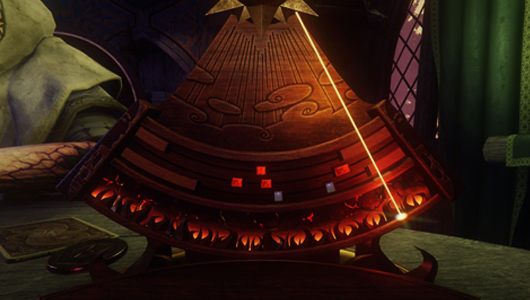
As they are completed, further challenges are unlocked in groups, meaning that if one proves too difficult (and it will!) the player can return to the board and try another in order to acquire friendlier encounters and more powerful equipment. As your selection of encounter cards widens you feel an increased sense of agency over the dealer. It is also possible to select encounters to give you an improved chance of success in each specific challenge. For example, the Hermit challenge has the player searching a grid of cards in which a hermit is hidden while the Empire’s forces close in. For this challenge any encounter that allows you to reveal cards within the grid mean that the hermit can be found much more efficiently.
All of this variety means that, from what seems a relatively simple premise, the resulting gameplay is surprisingly deep and varied. My one real reservation is that too many of the challenges rely on luck; an unfortunate turn of a card or an unexpected penalty can, from nowhere, scupper an otherwise well-played attempt at completing a challenge. With each challenge being relatively long, and with no opportunity to save and reload during the challenges, there is a lot of time covering old ground without any guarantee that even playing well will be rewarded.
Hand Of Fate 2 is an unusual game. It is deep, challenging, rewarding, and exciting. I would highly recommend it to anyone looking for something a little different. It is also frustrating, annoying, punishing but it is utterly compelling. I shall finish this review here because I want to get back to playing it!
